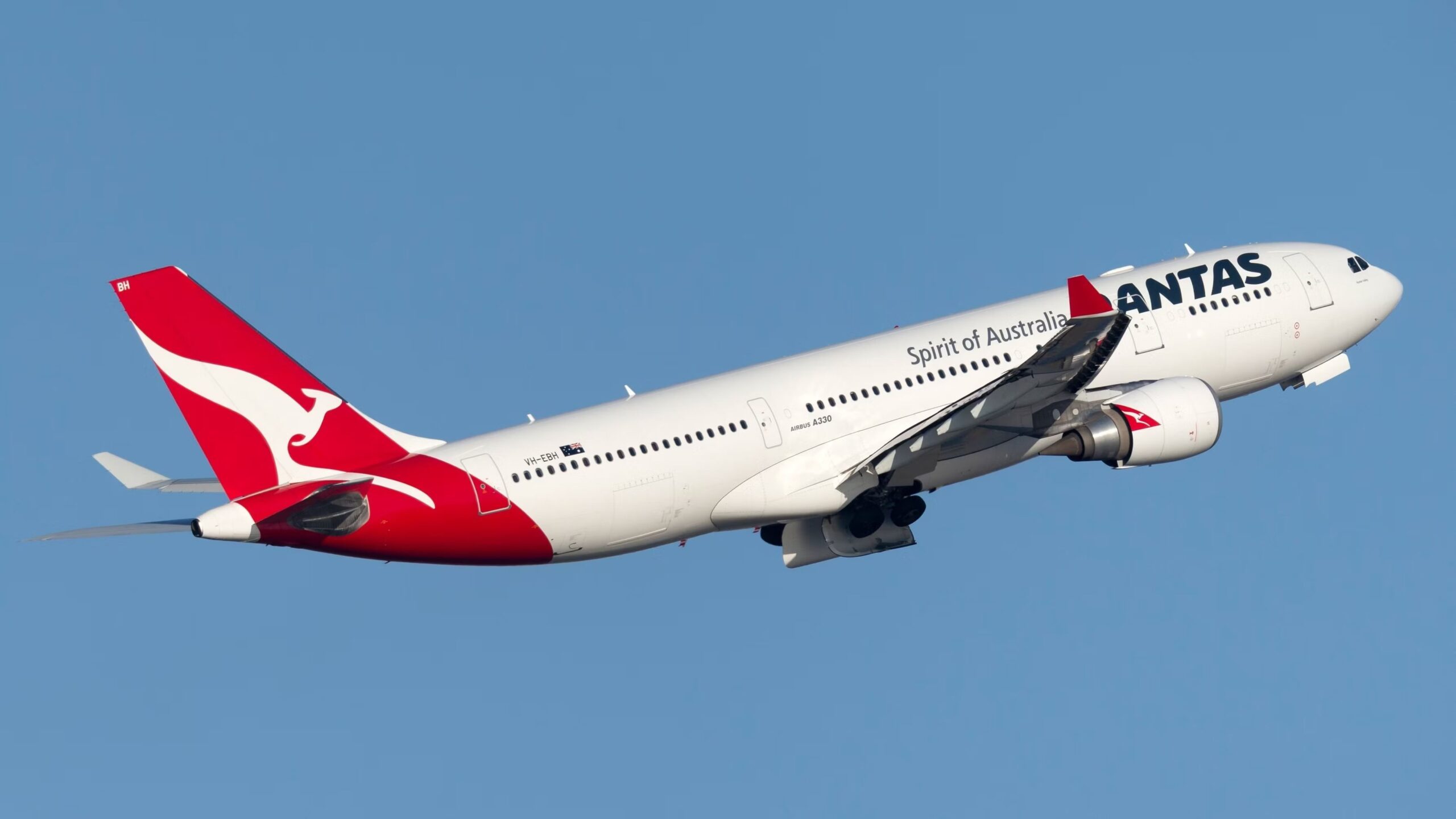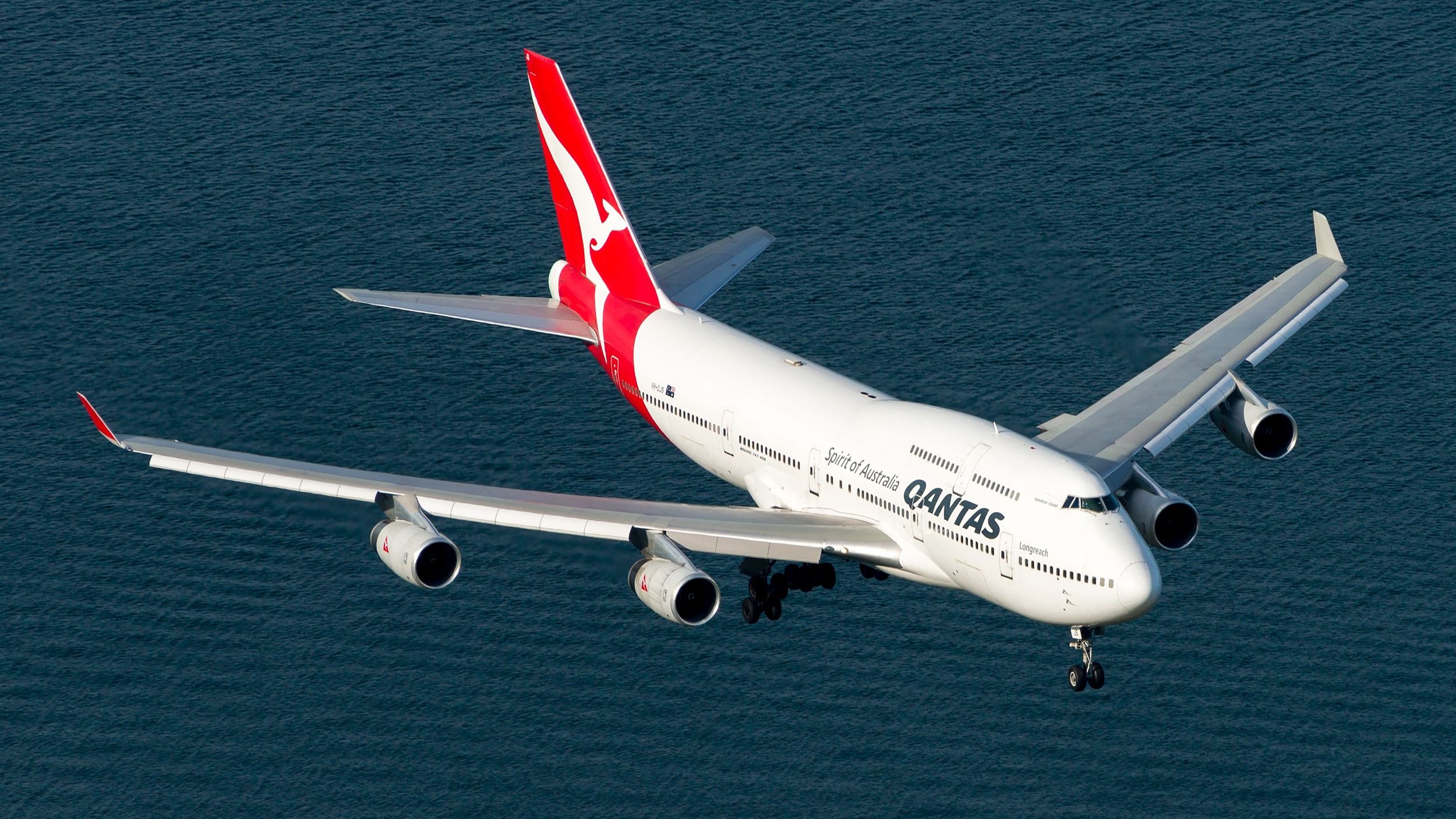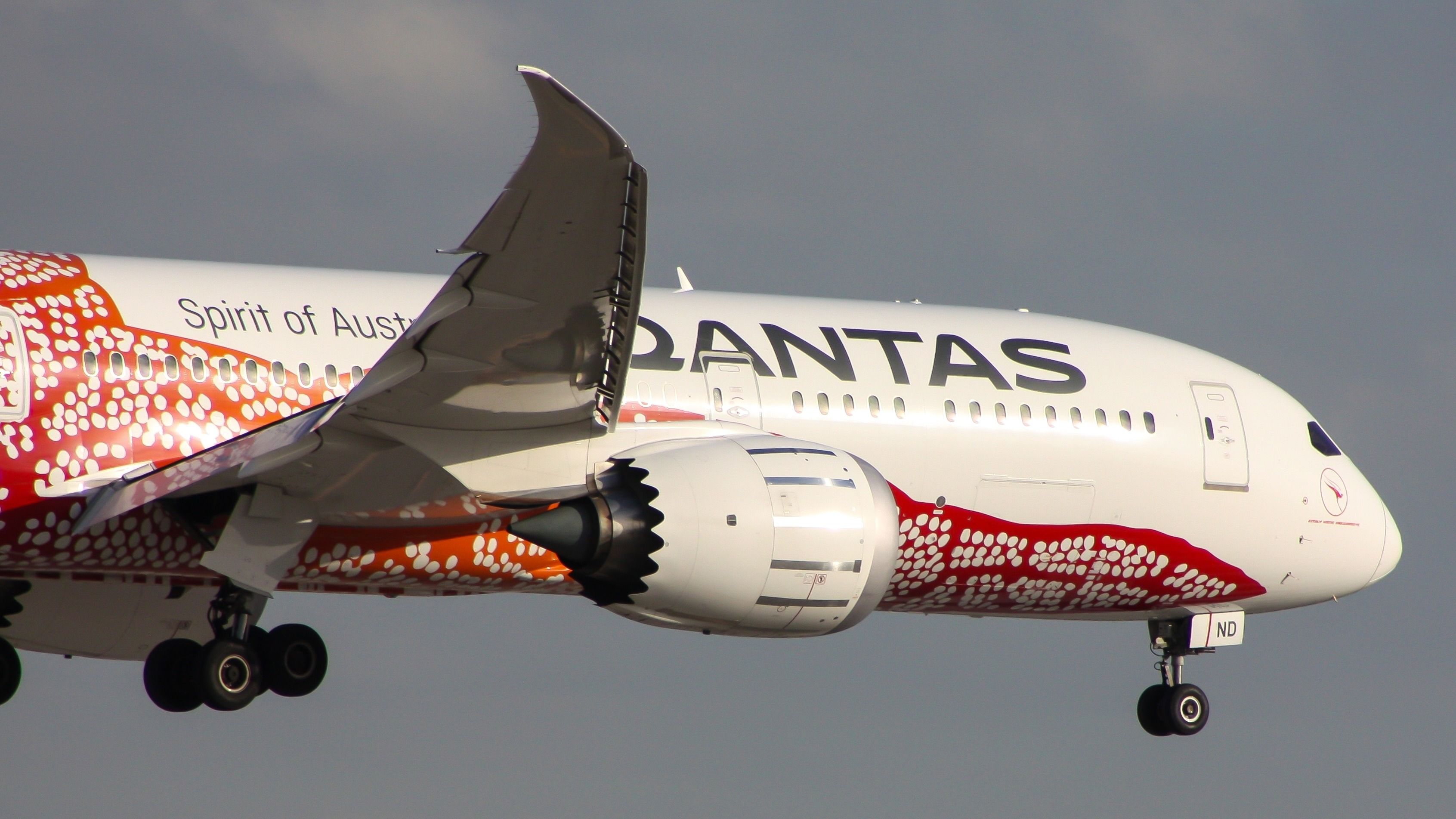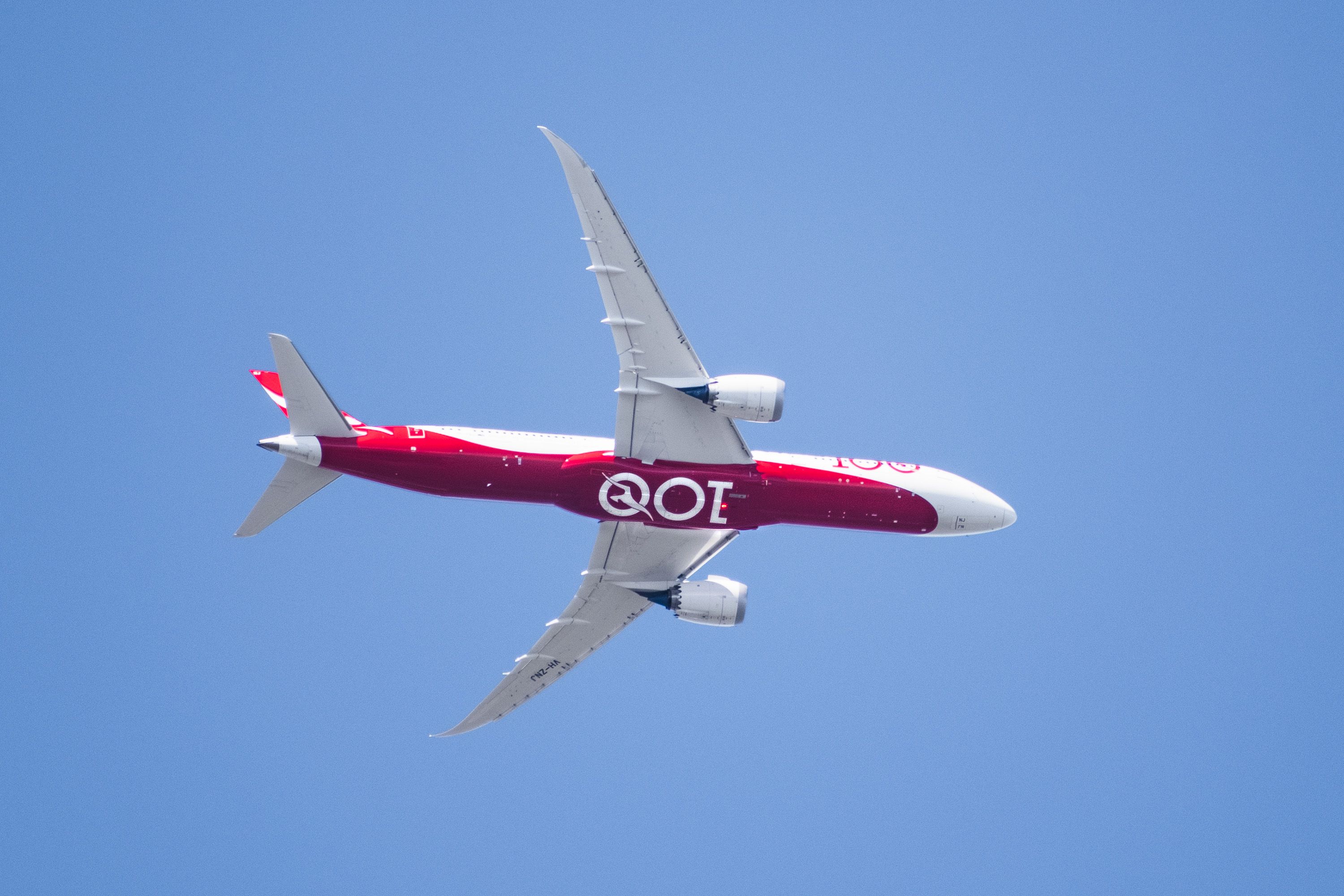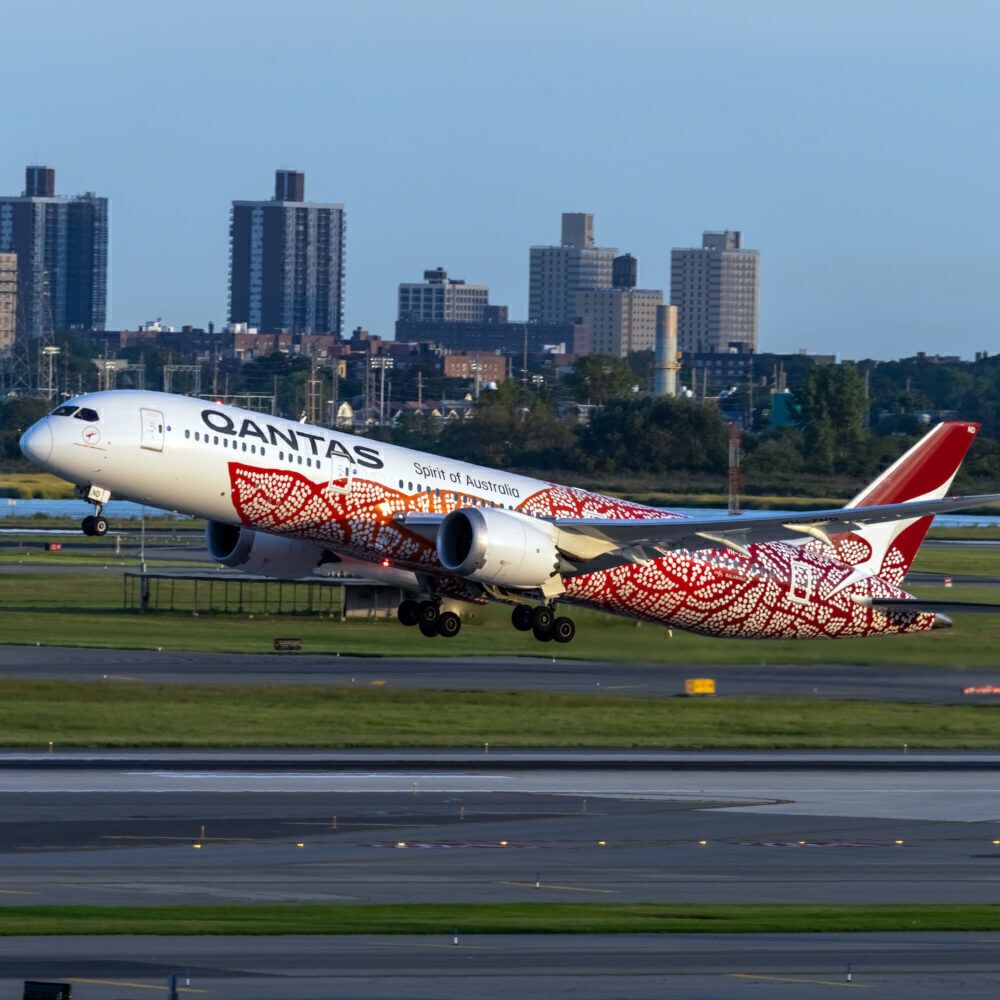Summary
- The Sydney to Perth route is one of the world’s longest domestic routes, spanning 3,290 km.
- Challenges include fuel efficiency, passenger comfort, and weather conditions.
- Qantas primarily uses Boeing 737s and Airbus A330s for their longest domestic flights.
Australia, known for its vast landscapes and diverse geography, is home to some of the longest domestic flights in the world. Covering nearly the entire width of the continent, these flights offer travelers a unique perspective on the country’s sheer size.
Qantas, Australia’s flagship carrier, operates several extensive routes connecting distant cities and regional centers. Let’s discover the knocks and crannies of Qantas’ longest domestic flights.
Photo: Thiago B Trevisan | Shutterstock
The Top Longest Routes
- Sydney to Perth The flight from Sydney, on the east coast, to Perth, on the west coast, is one of the longest domestic routes in the world. Covering approximately 3,290 kilometers (2,045 miles), this journey typically takes around five hours. The route is crucial for business and leisure travelers, linking Australia’s largest city with the capital of Western Australia. This flight crosses three time zones, emphasizing the vastness of the continent.
- Melbourne to Perth: Slightly shorter than the Sydney to Perth route, the flight from Melbourne to Perth spans approximately 2,720 kilometers (1,690 miles) and takes around four to five hours. This route is heavily trafficked, reflecting these two major cities’ strong economic and cultural ties.
- Brisbane to Perth At a distance of approximately 3,610 kilometers (2,240 miles), the Brisbane to Perth route is one of the longest domestic flights in Australia, taking around five hours. It is a vital connection between Queensland’s capital and the Western Australian metropolis, facilitating tourism and business activities.
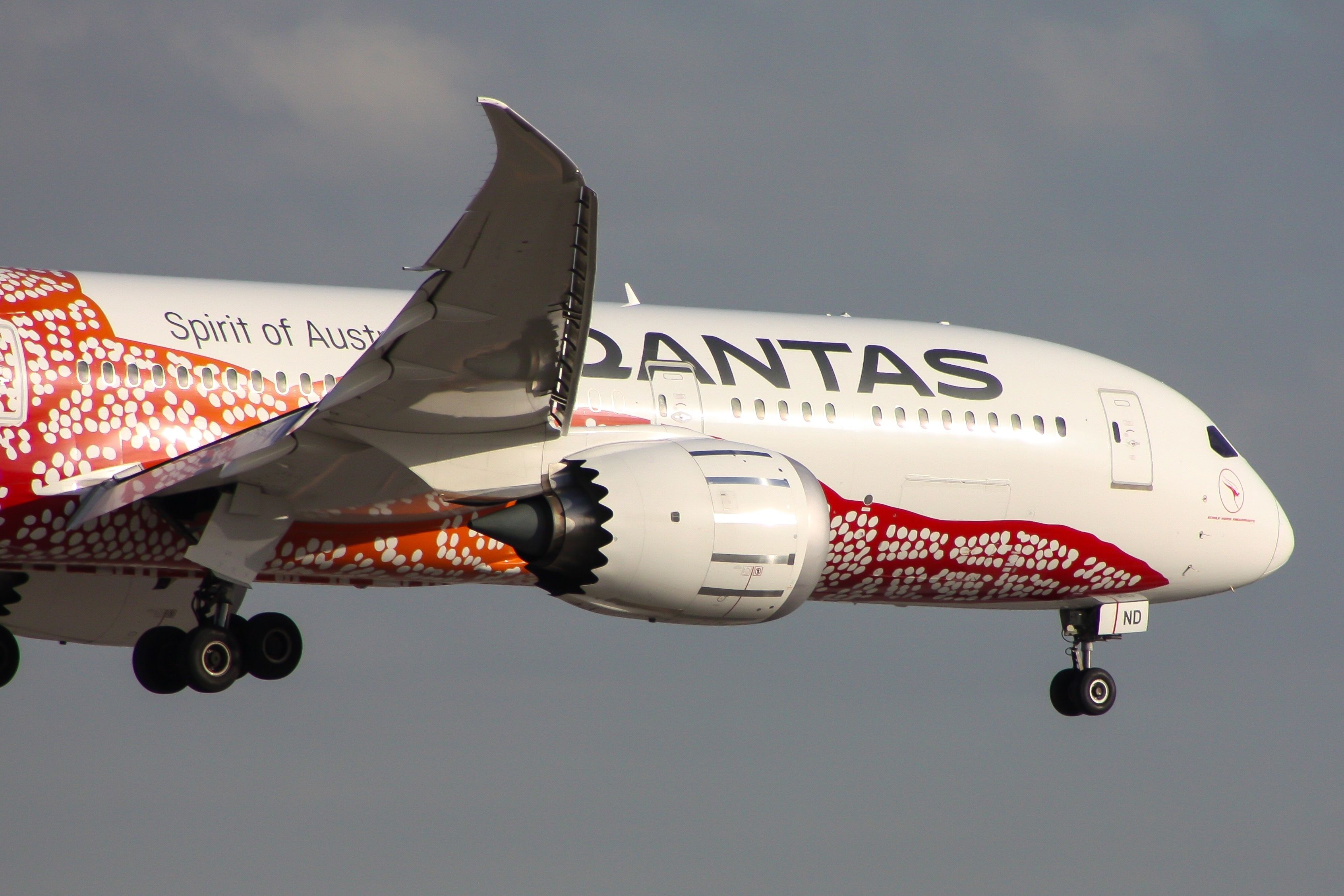
Related
Qantas Cuts Domestic Melbourne-Perth Leg Of Boeing 787 Dreamliner Flight To London
However, Qantas has kept a single Boeing 787-9 flight between MEL and PER, with the type operating flight QF773 on Thursdays.
Challenges of long-haul domestic flights
Operating such long domestic flights poses unique challenges for airlines. One of the primary concerns is fuel efficiency, as these routes require significant fuel reserves, particularly when crossing remote and sparsely populated areas.
Additionally, maintaining passenger comfort over such long distances is crucial. Qantas addresses this by offering various services and amenities, including in-flight entertainment, meal services, and comfortable seating options.
Moreover, weather conditions can significantly impact these flights. Australia’s diverse climate means that flights may encounter everything from tropical storms in the north to severe thunderstorms in the interior regions. Navigating these weather systems requires careful planning and, often, flexibility in flight paths.
The aircraft Qantas uses
Qantas primarily uses Boeing 737s and Airbus A330s for its longest domestic routes. The Boeing 737, known for its reliability and efficiency, is a staple in the airline’s fleet, used on routes like Sydney to Perth.
The Airbus A330, with its larger capacity and extended range, is often deployed on longer or higher-demand routes such as Brisbane to Perth. These aircraft have advanced navigation and communication technologies, essential for managing long-distance flights over remote areas.
The introduction of newer aircraft like the Boeing 787 Dreamliner, which Qantas has used on some domestic routes, represents a shift towards even greater efficiency and passenger comfort. The Dreamliner’s advanced design reduces fuel consumption and emissions, aligning with Qantas’ sustainability goals.
The passenger experience
For passengers, these long domestic flights offer convenience and comfort. Traveling from coast to coast without needing layovers or connecting flights is a significant advantage. According to Qantas’s website, the airline enhances the passenger experience with spacious seating, high-quality in-flight meals, and entertainment systems catering to diverse tastes.
Furthermore, these flights provide an opportunity to witness the breathtaking landscapes of Australia from above. Passengers can view everything from the vast deserts of the interior to the lush coastlines and unique geographical features such as Uluru or the Great Dividing Range. Moreover, some passengers may want to spruce up their airport experience by purchasing a Qantas lounge pass, making travel hassle-free.
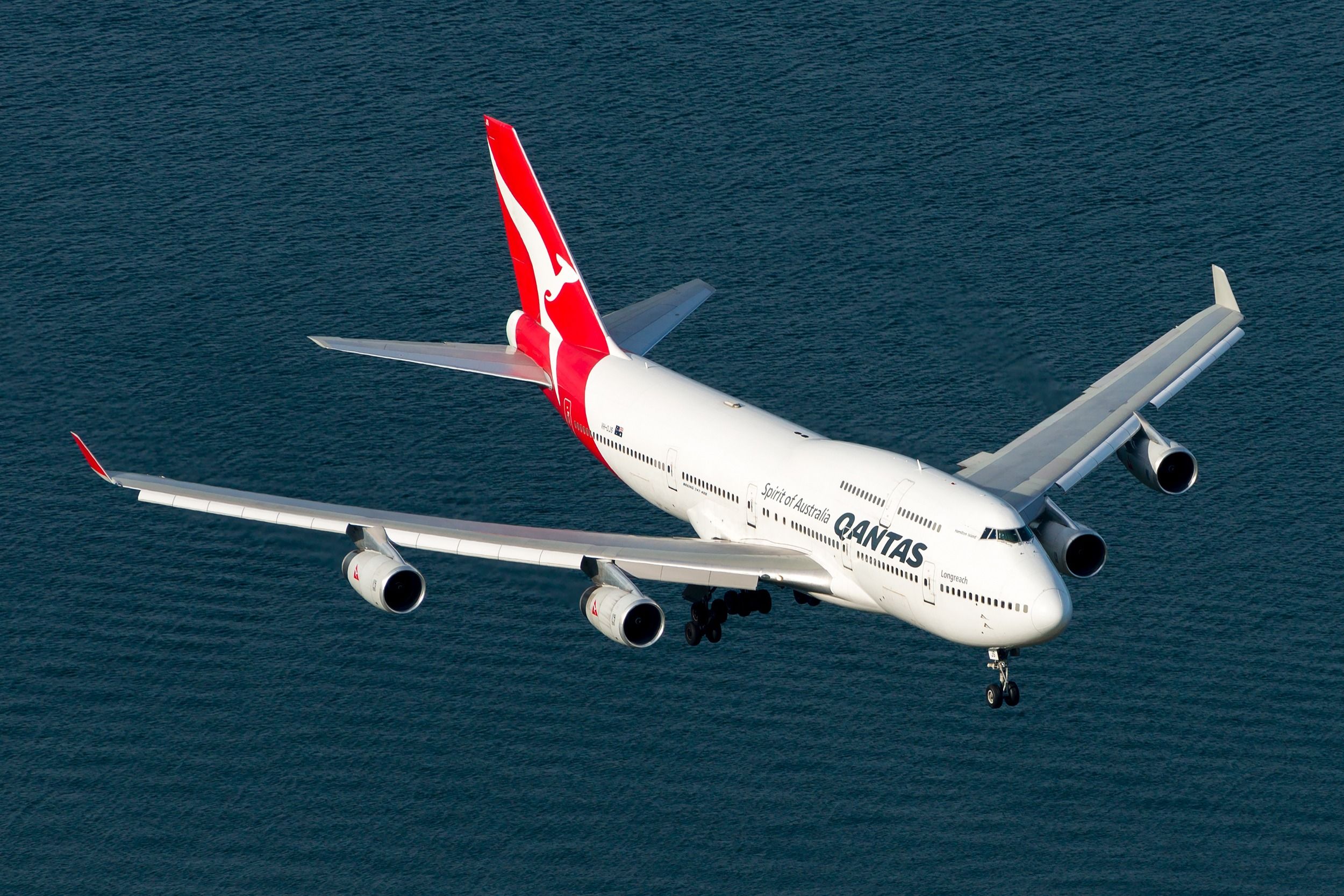
Related
Throwback: When Qantas Flew A Boeing 747 Into A Tiny Regional Airport
In March 2015, Qantas’ first Boeing 747-400 was greeted by onlookers as it made its final flight to Shellharbour Airport.
The economic Impact
These extensive domestic flights substantially impact Australia’s economy and culture. They facilitate the movement of people and goods across the continent, supporting economic activities and regional development.
The connectivity between major cities and regional areas also helps spread cultural influences and promote tourism. The mining and resource sectors, in particular, benefit from these flights, as they enable efficient travel between remote mining operations and urban centers. Similarly, the academic and scientific communities rely on these routes for collaboration and research activities across different parts of the country.
Photo: Sundry Photography | Shutterstock
What other long haul domestic routes does Qantas operate?
According to Cirium, an aviation analytics company, here’s an expansive look into the airlines’ operations:
|
Port of Departure |
Port of Arrival |
Distance (Miles) |
Seats per Departure |
|---|---|---|---|
|
Brisbane (BNE) |
Perth (PER) |
2,246 |
174 |
|
Broome (BME) |
Sydney (SYD) |
2,100 |
174 |
|
Perth (PER) |
Sydney (SYD) |
2,041 |
201.2 |
|
Darwin (DRW) |
Sydney (SYD) |
1,957 |
174 |
|
Melbourne (MEL) |
Darwin (DRW) |
1,940 |
174 |
|
Broome (BME) |
Melbourne (MEL) |
1,928 |
174 |
|
Canberra (CBR) |
Perth (PER) |
1,921 |
174 |
|
Darwin (DRW) |
Brisbane (BNE) |
1,771 |
95.5 |
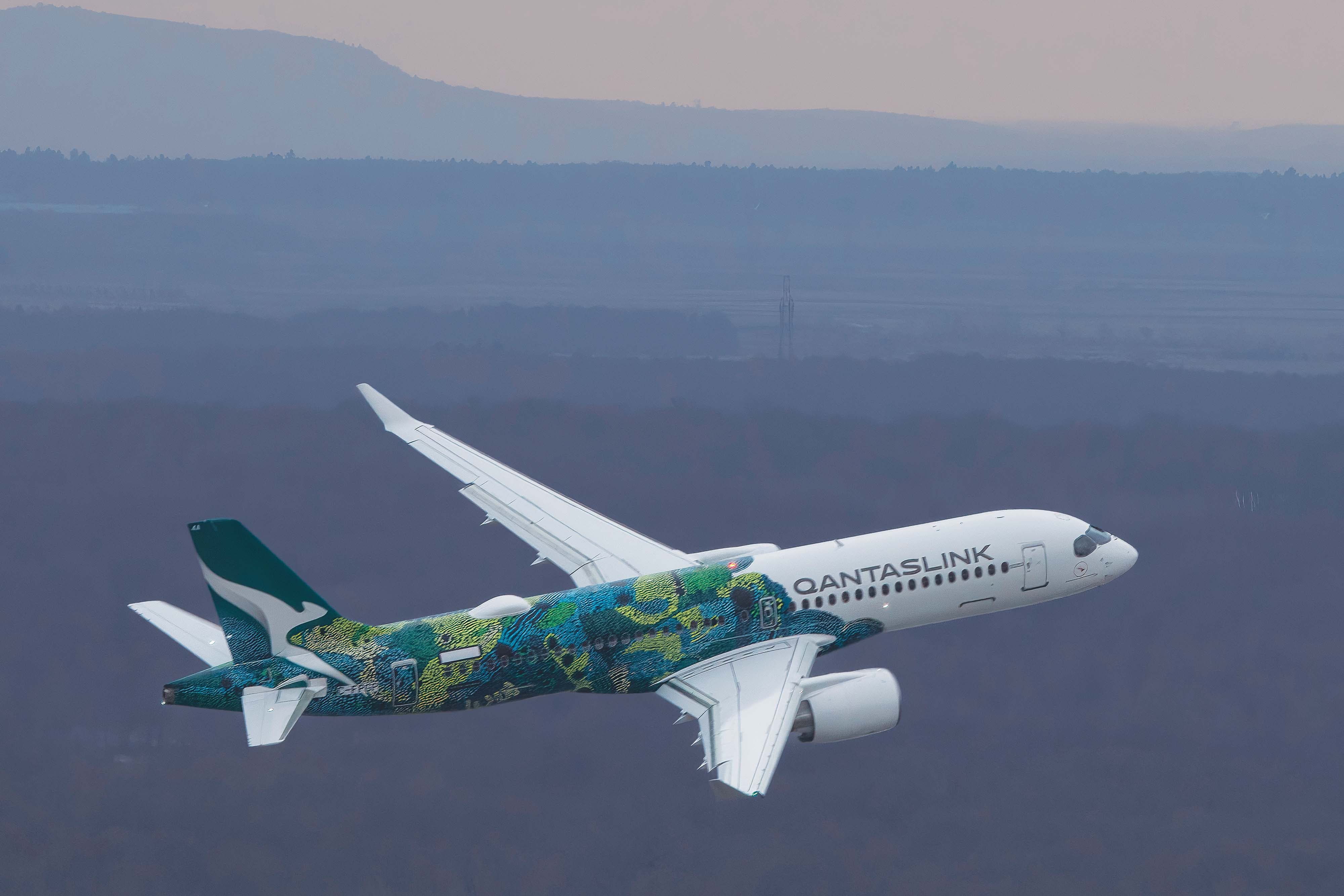
Related
The First QantasLink Airbus A220 Lands At Hobart Airport
Travelers to and from Tasmania will now have a real treat in store as QantasLink is operating its new Airbus A220s from Melbourne to Hobart.
Looking ahead to long haul domestic flying
As Qantas continues to innovate and expand its services, the future of long domestic flights in Australia looks promising. Advances in aviation technology are expected to enhance fuel efficiency and reduce the environmental impact of these flights. Additionally, Qantas’ commitment to sustainability includes exploring biofuels and other eco-friendly technologies.
Moreover, expanding regional airports and introducing new routes could further improve connectivity across Australia, making air travel even more accessible and convenient. This means more options, better services, and potentially shorter travel times for passengers as the airline optimizes its routes and fleet.

